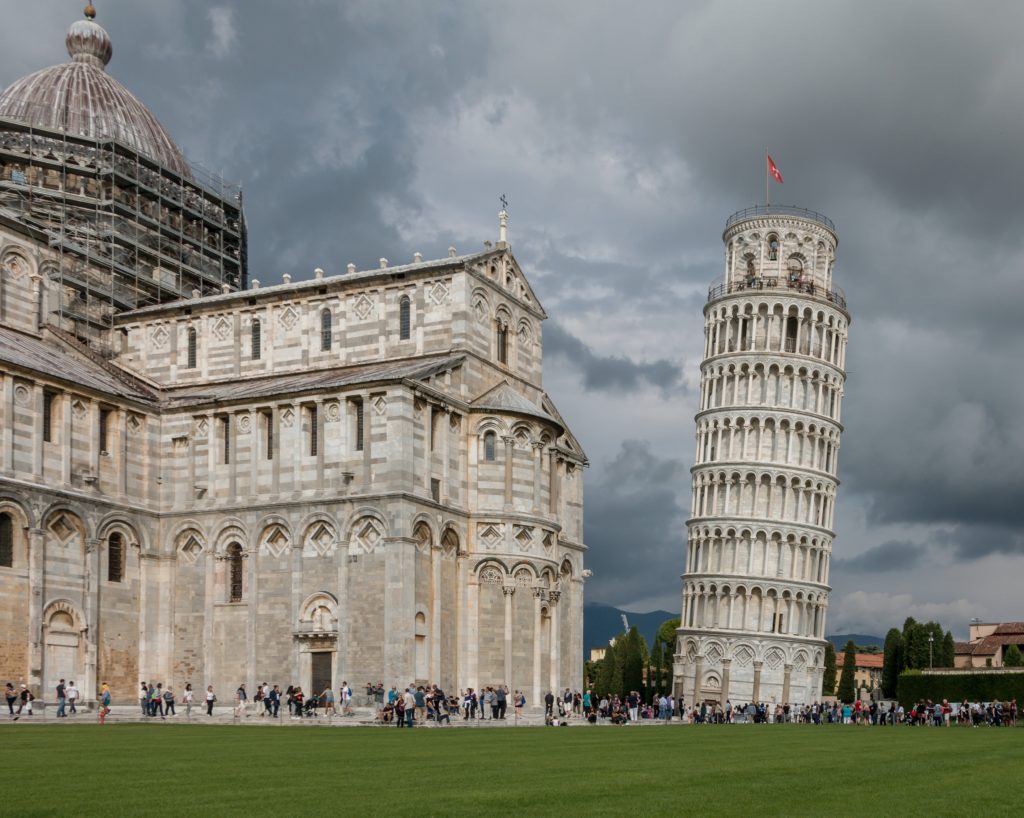Structural health monitoring systems aim to provide information about any significant change or damage occurring in a structure. The key purpose of structural damage detection is to identify the reason, location, and type of damage, and then to measure the damage severity and predict the structure’s service life and behavior. Different types of structural defects can be caused by internal factors (corrosion, fatigue, ageing, etc.) and external factors (earthquakes, wind loads, soil movements, etc.). Any type of defect may lead to collapses.
One may say that nothing is eternal, but when it comes to the pieces of Ancient and Medieval architecture, science and technology must be as innovative as possible in terms of preserving cultural heritage for future generations. And here comes the fiber optic technology that offers DFOS monitoring. Understanding the structural behavior of heritage buildings is usually a very complicated task because they typically present complex deterioration and damage patterns.

So let’s take a look, for example, at The Leaning Tower of Pisa. The Tower of Pisa, which is the bell tower of the city’s Cathedral, began tilting during its construction in the 12th century, due to an inadequate foundation on the ground that was too soft to properly support the structure’s weight (there used to be a river in the area; the name Pisa is Greek for ‘marshy land’). The tilt increased in the decades before the structure was completed in the 14th century.
The Leaning Tower of Pisa was stabilized with a massive engineering operation that took place in the 1990s and lasted over a decade, in the attempt to stop the monument from falling. In fact, by the end of the 1980s, the Tower was slowly heading toward its catastrophic collapse.
The solution to this problem was found in reinforcing the soil under the foundation and making room for the Tower to compress some of the soil and straighten back up towards the North (the Tower leans to the South). In theory, it would be possible to straighten it completely, but nobody really wanted that. The Tower was born leaning and should have remained leaning.
And to keep this leaning safe in the future the Tower needs continuous surveying to assess its stability. With the help of structural health monitoring, let’s say! DFOS monitoring can track and record both soil movements and the monument behavior horizontally and vertically all along the cable length. MultiSense is the perfect solution in this case as it is extremely sensitive and can provide loads of useful data to a monitoring specialist and data analyst.
